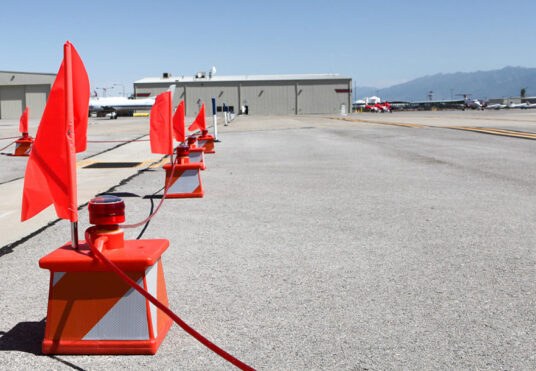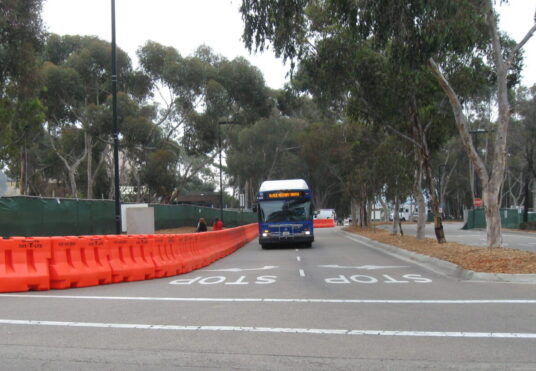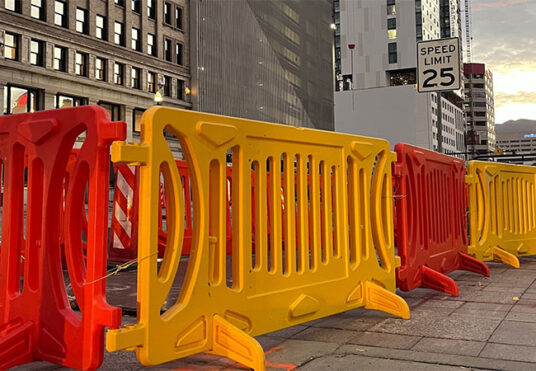Water-filled Barriers – are they right for your workzone?
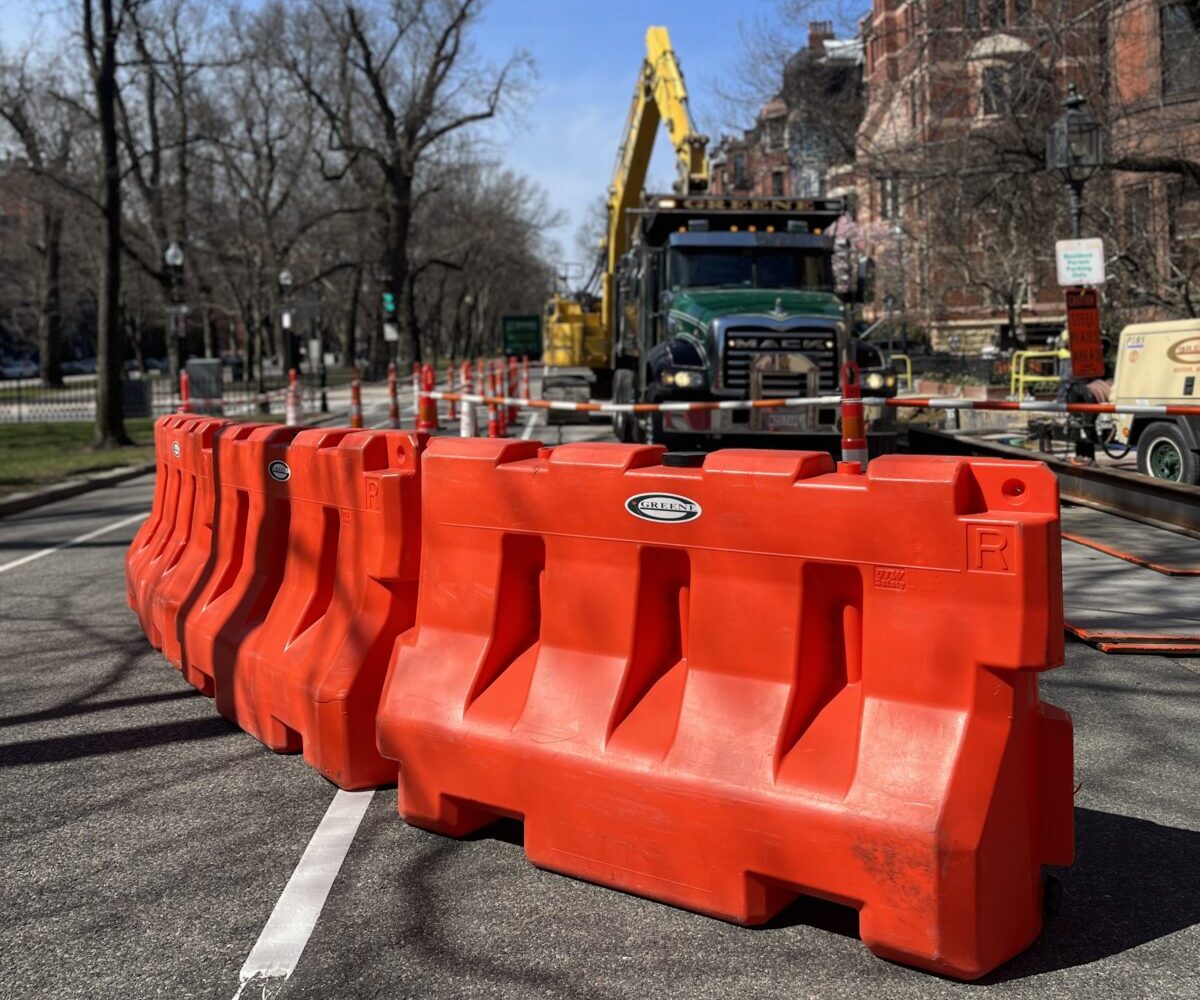
What are water-filled barriers?
Water-filled barriers are just that – plastic barricades perfectly designed to hold water. They are most commonly made in the jersey-shaped variety, a tried and true barricade shape that has been in use for decades. When filled with water, barricades drastically multiply their weight, making them extremely sturdy and highly reliable in any situation or weather. Our 42” jersey-shaped (JSS) barricade, for example, weighs just 78 pounds when empty but can hold enough water to ballast it at 950 pounds (with approximately 105 gallons of water). This makes plastic, water-fillable barriers a prime choice when creating safe spaces or dividing motorists and workers. They are easy to place initially, but won’t go anywhere once ballasted! Specifically, compared to a concrete barrier of the same type, plastic barricades are easily deployable and highly moveable (especially when empty).
Jersey-shaped barricades were first put into use in the 1940s along a stretch of California highway. This first generation of barriers was created to try to help minimize the number of out-of-control vehicles crossing into oncoming traffic, as well as decrease the costs and hazards of maintaining medians. The very first barriers were short and poured on-site out of concrete, and, for a long time, worked very well. However, they were not without their risks, and the risks associated with concrete barriers remain to this day.
Water-filled barriers, however, are quickly becoming the primary choice for highway and work zone safety and it’s easy to see why. Safety regulations have evolved and improved over the years, and the tools used to achieve such safety have also evolved. Research has shown that water-filled barriers are safer, easier to transport, and just as (if not more) effective at maintaining safety along work zones.
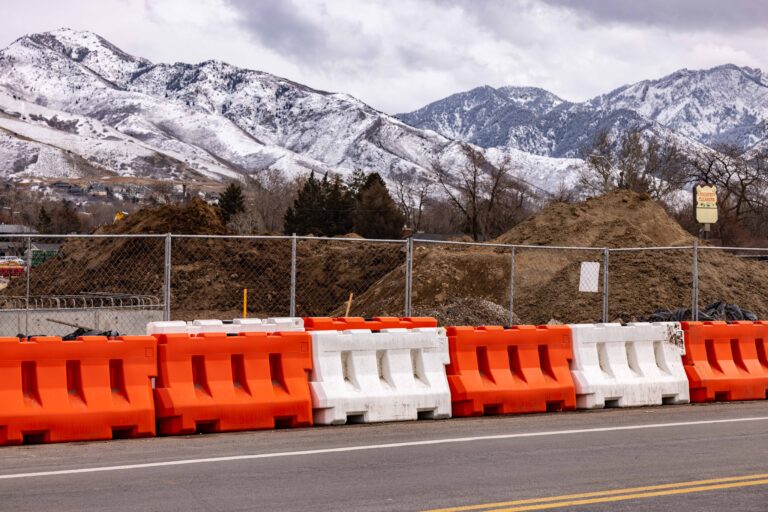
How and when should water-filled barriers be used?
As water-filled barriers are versatile, sturdy, and forgiving, they are excellent choices for numerous applications. They can easily be used for protection, security, guidance, traffic, or control and safety in construction areas. Here are some ways in which we frequently see our barricades used and ballasted by water:
- High-speed construction zones
- Crowd control at festivals, concerts, and more
- Traffic control for closed roadways
- Airport construction sites and runways
- Go-kart tracks and raceways
- Security barriers
- Public works projects
- And more!
Water-filled barriers help minimize physical impact
One of the primary factors why plastic, water-filled barricades are becoming the barricade of choice for use along roadways is because of their ability to reduce and minimize the severity of physical impact. Concrete barriers have long been the barricade of choice, especially along stretches of roadway construction. Yet, they simply don’t offer the same flexibility, maneuverability, and visibility as plastic barricades. Water-filled barriers are linkable and it’s easy to create a firm wall. However, they are forgiving enough to allow any impacting vehicle to bounce back more gently. The outcomes when a vehicle hits a plastic barrier compared to one made of concrete show less damage and a lower risk of fatality.
They are also manufactured in bright colors, increasing both visibility and safety! Higher visibility in itself is another factor why companies should consider making the switch to plastic barricades. Our jersey-shaped LCD barricades, in particular, can be made in a plethora of colors thanks to our ability to rotomold each one in-house! The bright colors they come in (orange and white pairings are popular, as are black and yellow!) make it easier for motorists to see the barriers well in advance, rather than potentially being surprised by them. When individuals are notified of a potential hazard sooner, it allows them to correct and take appropriate action when possible.
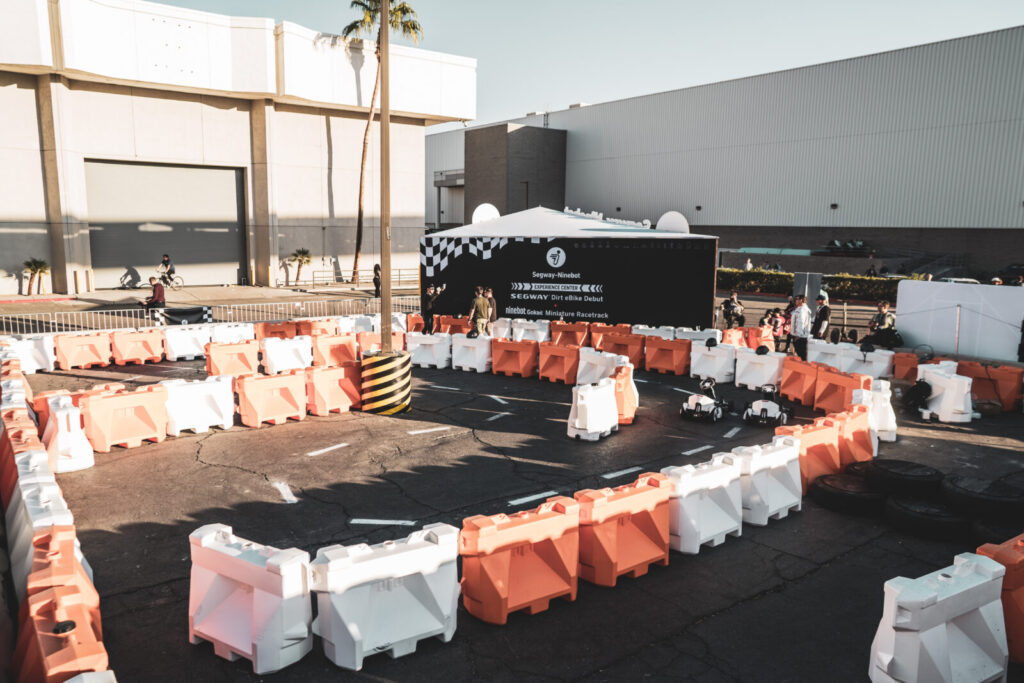
Water-filled barricades are the future!
Creating safe zones in work areas and along roadways has long been a concern across the globe. With the leaps and bounds that construction and roadway safety has made since their inception, we have much to look forward to for the future of work zone safety as a whole. Water-filled barricades play an important role in that future!
Not only are they highly practical for safety purposes, but high-density polyethylene (HPDE) and low-density polyethylene (LDPE) barricades are sustainable and long-lasting. It’s incredibly easy to repair rips in plastic barricades, and, once they’ve reached the end of their long lives, they are 100% recyclable – talk about sustainability and eco-friendliness! The future might hold many unknowns, but one thing is certain: plastic barricades will be ready for their roles!
Looking to commission your own water-fillable barricades?
